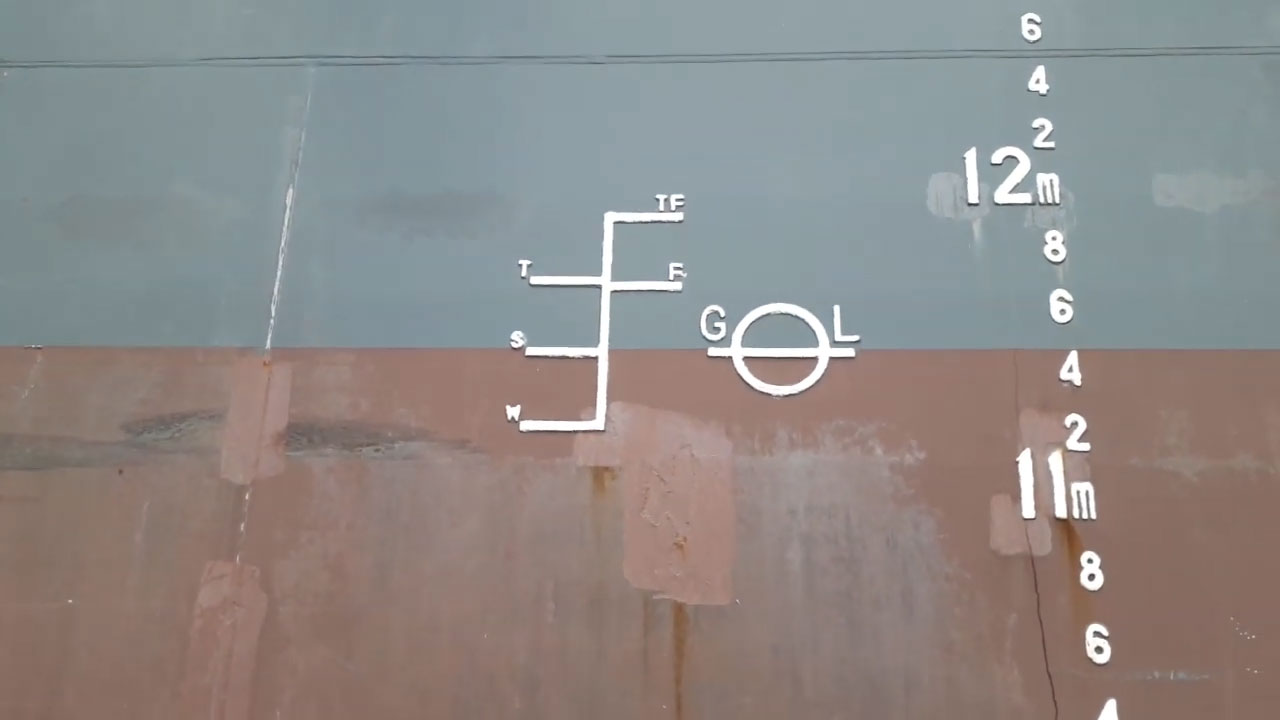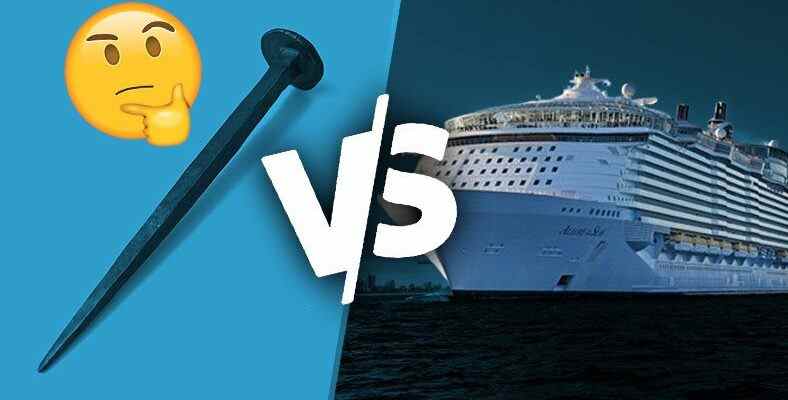Although it can be easily solved with simple physics, many people wonder, “When you throw even 1 lira into the air, how do big metal piles stay in the air while falling to the ground?” In our content, which tastes like a question, we explain how ships can stay above water.
weighing tons to freighters It may surprise you that they survived despite the addition of tons of cargo. or the major to physics concepts If you are not a judge, you may be accepting without knowing the background. everybody ‘hwill be an expertThere is no rule, of course.
Still like this confusing We try to explain to you the situations that can happen in the simplest way. We have prepared an enlightening article about the fact that parrots can speak, although monkeys, which were previously seen as closer to humans, cannot speak. How are your ships now? above the water We’re telling you that you can stay.
When you throw a tiny nail into the water, it sinks, how can huge ships stay afloat? We actually found the answer thousands of years ago:
Let’s briefly tell the story of this. king of ancient greece II. hierofamous mathematician and physicist from Archimedes He wanted him to build a huge ship. Known as the Titanic of antiquity, this ship was named the same as the Italian city of Syracuse, which was then included in the empire.
The ship in question was desired to be so large that there was a hot water facility inside. bathThere would be enough space for a library and large sculptures. As if that wasn’t enough, the ship in question, cargo would be capable of carrying. We’re not talking about a few animals or hundreds of pounds of material here.
It was desired that tons of materials could be transported by ship:
400 tons of grain, 74 tons of drinking water, 600 tons of silk and many more materials of this size would be transported on this ship. In addition, many passengers, soldiers and even horse would also be included.
Even if you were a prominent scholar of the time, upsetting the king would be the last thing you would want to do:
Archimedes was also aware of this, so he designed a ship of this size and capacity. how to float set to think. While thinking about it, it is thought that he is in a bath, in a bath. Our scholar, who saw that he felt lighter when he entered the water and that the water level rose, was then excited and the events were famous at this point. Evreka I think it’s tied to his story.
If you don’t know that story, we briefly told it here. Although the place they are connected to is the same, the debates of historians continue:
RELATED NEWS
Evreka! Who, How and When Discovered the Buoyancy of Water First?
This confusion comes from the Greek word meaning keel. Korōnē It is thought that it may have emerged by mixing Corona with Corona, which means crown.
Now let’s get back to our ship. How is this big thing going to swim?

This is exactly what Archimedes found:An object immersed in water as much as the weight of the water carried buoyant force is applied” In other words, if the weight of the object you put in the water is less than the weight of the water it displaces, the water will easily lift the object.
If you have a 5-pound object in your hand, and that object displaces (or displaces) exactly the equivalent of 5 kilograms of water, it will be at the glide point:
But if you replace a 5 kg object with the equivalent of 7 kg of water, the water will give a 7 kg object to a 5 kg object. Lifting force gets implemented. In this context, the object floating. However, if your 5 kg object only takes up an amount of water equivalent to 3 kg, the force exerted by the water is not enough to carry this object, and therefore the object sinks.
Here we use density. If you divide the mass of an object by its volume, you will find its density. Let’s move forward with examples of nails and ships:
inside the nails no spaces. They are made entirely of steel. When you drop it into the water, it increases in proportion to their weight so that they can swim. of gravityshould not exceed the lifting force. But a on the nail The applied buoyant force is less than its own weight. Therefore, gravity (or weight) prevails and the nail sinks.
If we didn’t leave any space inside the ships and they were just huge piles of metal, they would suffer the same fate as nails:
But ships have air gaps. Very large volumes They hold the place of a large amount of water, but thanks to these air gaps, their weight exceeds the weight of the amount of water they are holding. does not pass. When the ships crash, these gaps become heavier when water fills them. they sink.
In other words, if a 1500-ton ship were to replace 1000 tons of water, a buoyant force of 1000 tons would be applied to it. However, the ship Weight of 500 tons the ship would sink. For this reason, ships are designed by paying attention to this principle of Archimedes.
It is possible for ships to carry more cargo by displacing more water:

RADIO NAVIGATOR -4S7JL
More for this they are sinking we can say. Plimsoll line Signs, known as the “mandatory” signs on cargo ships, show how much the ship can be sunk during cargo loading. Roughly speaking, the more sinking, the more water it displaces. with more lift means to be confronted. However, this sign is used because different types of water have different buoyancy. If these safety lines are exceeded, the ship is in danger of sinking.
RELATED NEWS
The Real Reason We Can Reach Emergency Numbers Even When Our Phones Never Pick Up
This too vital importance Today, it is on every cargo ship as a safety precaution. Different letters and lines on it show how much cargo can be taken in different seasons and types of water (sweet, tropical, salty).
resources: Casual Navigation, Sabins, Dr. Hany Farid, TedEd, Marine Education Portal, Syracuse
